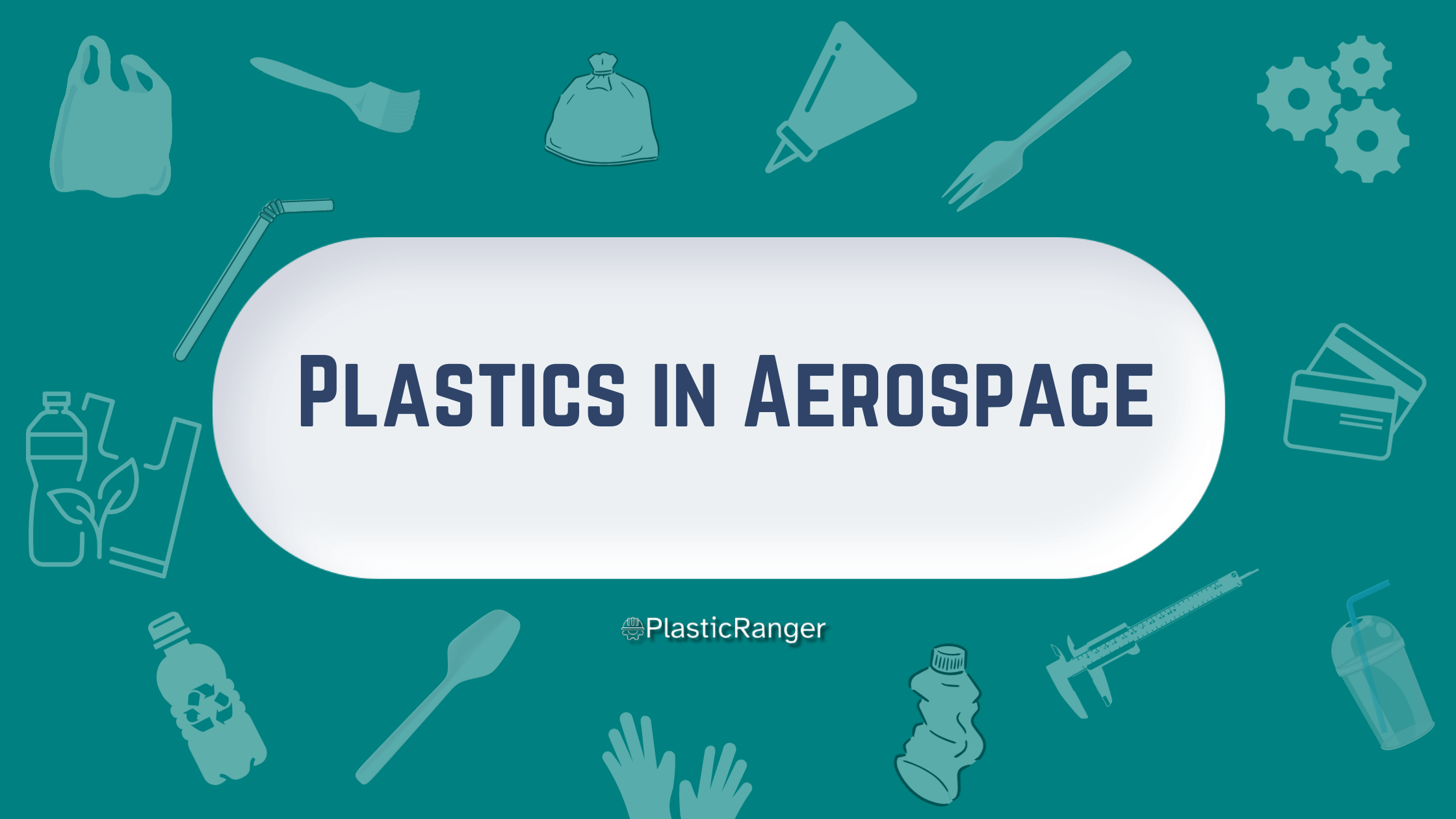Plastics in the Aerospace Industry
The aerospace industry has always been at the forefront of technological innovations, consistently seeking advanced materials that offer lighter weight, increased strength, and improved performance. Among the various materials adopted over the decades, plastics and their composites have emerged as transformative elements in aircraft and spacecraft design and manufacturing.
Evolution of Plastics in Aerospace
Historically, aircraft construction primarily relied on materials like wood and metal. However, the post-World War II era saw the introduction of plastics and composites, transforming how aircraft were designed. Today, it’s not uncommon to find modern commercial jets with more than 50% of their structure composed of composite materials.
Advantages of Plastics and Composites
Weight Reduction: One of the most significant advantages of using plastics and composites in aerospace is weight savings. Lighter aircraft consume less fuel, reducing operational costs and lower carbon emissions.
Corrosion Resistance: Unlike metals, plastics resist corrosion, reducing the need for frequent maintenance and the risks associated with structural failures due to corrosion.
Design Flexibility: Advanced composites can be molded into complex shapes, allowing for aerodynamic optimizations and the realization of intricate design elements which are challenging to achieve with metals.
Enhanced Performance: Many plastic materials in aerospace applications exhibit superior mechanical properties, such as high strength-to-weight ratios, making them ideal for critical structural components.
Types of Plastics Used in Aerospace:
Polyetheretherketone (PEEK): Renowned for its high-temperature resistance and excellent mechanical properties, PEEK is often used in parts such as seals, bushings, and wire coatings.
Polyphenylene Sulfide (PPS): PPS offers chemical resistance and flame retardancy, making it a preferred choice for interior components like cabin sidewalls and air conditioning systems.
Polycarbonates and Acrylics: Polycarbonate and Acrylic are typically used in aircraft windows and cockpit canopies due to their optical clarity and impact resistance.
Quick Navigation

